The 720 strikes me as the Ford Cortina of the Lumias, a well made mass market compact. The 720 has everything going for it except, perhaps, its price - and by the time you read this that might have changed.
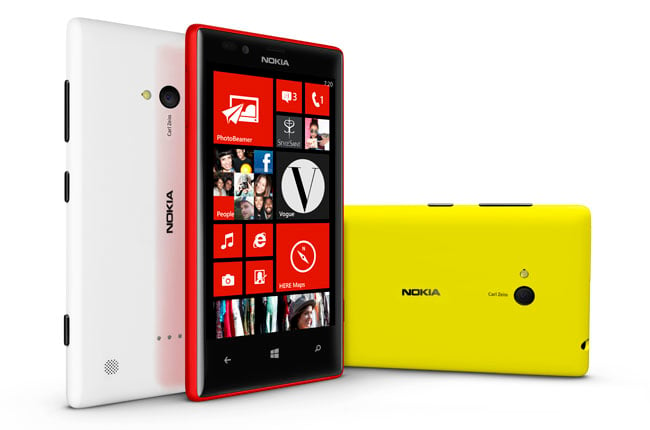
Style-wise it's another strong product - resembling the tapered unibody design of the HTC Windows models. It's very thin and light, much more comfortable to hold and put in your pocket than its bigger siblings. It's also 32g lighter than the Lumia 820, and boy, do you appreciate every gramme. The 720 is available in red, cyan and yellow as well as black and white - the red that Nokia has deployed here is less aggressive than other models, and the polybicarbonate casing more matte, and therefore less slippy. The 720 permits hot swappable removable MicroSD cards for expansion - which you'll need, with just 8GB (5GB free) on board.
The engine inside the phone is the more modest dual-core 1GHz Qualcomm Snapdragon S4 Plus MSM8227, with 512MB of RAM - the combination found in the 520 and 620 Lumias. This flies through everyday tasks. In practice you rarely notice the difference between this and the Lumia 920's 1.5GHz Snapdragon brain.

Goodbye pointy corners, the rounded form factor adorns most of the Lumia range now
For instance, you may notice that with several web pages loaded, models with the lower spec (including this one) may not maintain the page when you switch away, obliging a page reload when you return to the browser app. Other than that Windows Phone lives up to its reputation as the most smooth, fast and functional smartphone OS. The memory ceiling here may prove to be rather low for some games. Temple Run, for example, requires 1GB of RAM.
What's missing is support for LTE - but we've yet to see competitive tariffs in the UK for 4G, so this may not affect you too much. Data performance on DC-HSPA (indicated by the H+ symbol) was terrific on 3's network, and where I could find it, T-Mobile and Vodafone's too. This gives you download speeds very close to 4G speeds, but without the cost and power penalties, or the bugs.
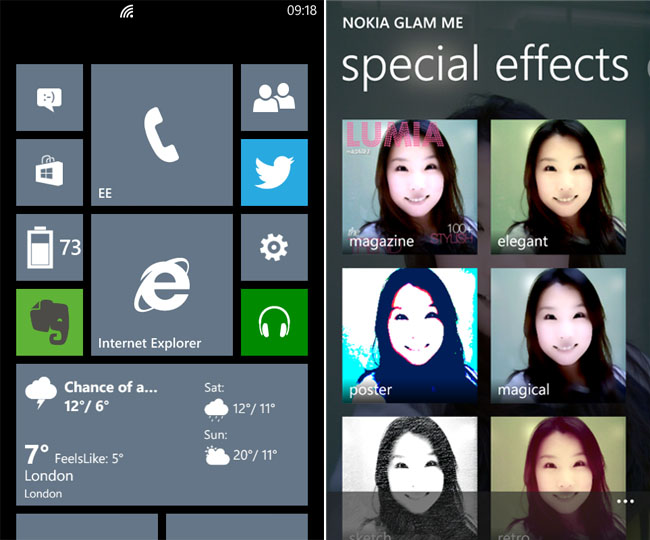
Customised homescreen and Nokia's Glam Me app
The headline-grabber on the 720 is the battery life. I found this to be the first Windows phone to make it comfortably into a third day on a single charge. That's thanks to the 2000mAh battery used in the 920, and the Lumia's much more conservative CPU. I achieved this by setting my two ActiveSync calendars to push and every 30 minutes (respectively), with one IMAP email account set to check every 30 minutes and the others set to manual retrieval. NFC and Bluetooth were turned off.
I could conceivably have stretched the battery even longer. This is massively impressive. Newer Android models with larger batteries barely make it past 6pm. Nokia claims a talktime of 23 hours on GSM and over 13 hours on 3G.
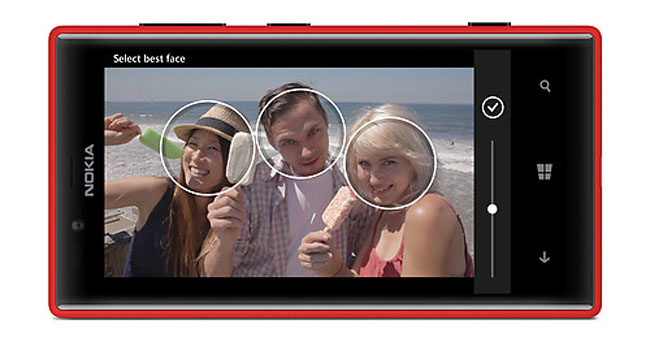
The screen performs well in sunlight which is handy for the Smartshooting camera features
I am a fan of Nokia's OLED screens, but the 720 here uses a cheaper and more conventional IPS display. The deep colours aren't as rich as an OLED but the more muted hues work better in practice, they're more legible on Windows Phone where the theme tint is used by applications for emphasised text, and the 720 performed really well in sunlight. Or whatever passes for sunlight in April in the UK.
The phone supports HD voice calling and both earpiece and external speaker were loud and clear. So the 720 and the 620 deal with one of the fair criticisms of the 820 and 920, for being far too quiet outdoors.
The 720 is pitched on its main 6.7MP camera, which boasts a large f/1.9 aperture for better photos in low light conditions. In practice it was a mixed bag, with plenty of scope for improvement for day light shots. The 1.3MP front-facing camera proved to be well above average,

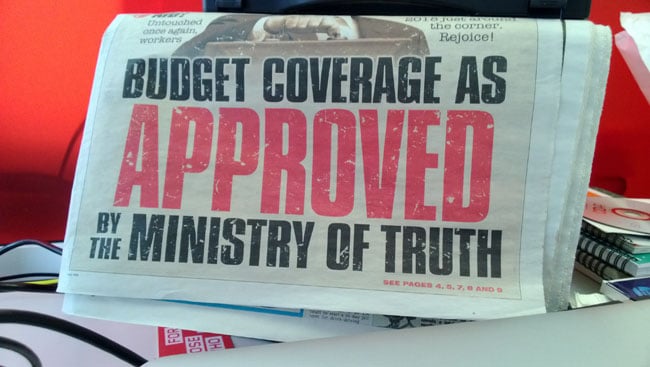
The 720 also handles wireless charging via a sub-£20 clip-on sled (sold separately). If you've got a couple of Qi chargers you really, really do appreciate the convenience. And the Qi standard is now winning critical support, Samsung will support it in the S4, and so it looks like being the VHS rather than the Betamax of the wireless charging wars.
As for Windows Phone 8 - there's nothing to add that we haven't already said. It's a strong platform that's far more friendly and usable than Android or iOS. It gets better the longer you use it. However, while rival BlackBerry is adding features to its new BB10 system at a furious rate, Microsoft continues at its own sweet pace, which is a very slow pace indeed.
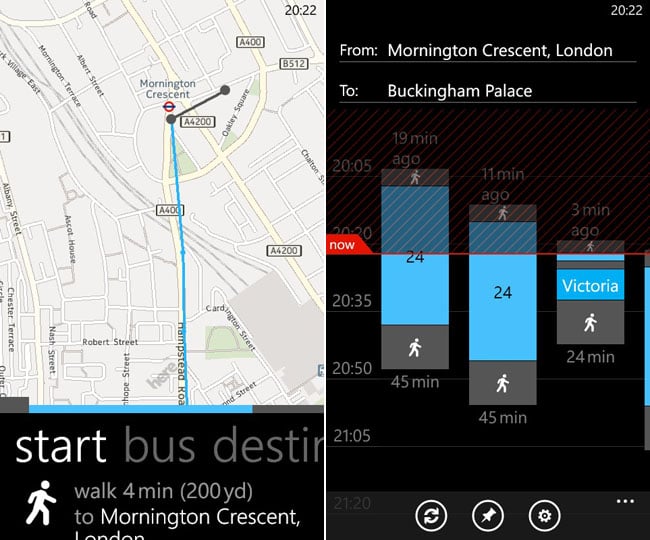
Public outing: Nokia's HERE Transit app
No significant new features have been added in the six months since Windows 8 rolled out last autumn. (There's an official list here). I suspect Nokia could add an impressive amount to WinPho - for example, old favourites such as profiles, and on-device search - in next to no time, if it could. But of course it can't - the platform is locked down so tightly.
Nokia can, however, improve its bundled mapping technology, and this is a major draw. Now branded 'HERE', you get offline vector global maps, turn-by-turn navigation and the City Lens local info app. The brilliant HERE Transit (or Public Transport) is a free download. I found HERE maps invaluable on two recent European trips, Maps uses no data, and Transit found me Amsterdam and Barcelona's buses trains and maps with great accuracy.
So what is Nokia trying to do with Lumia? The intent behind the 520 and 620 is clear enough: provide a far superior alternative to Landfill Android, at Landfill Android prices. And the 720?
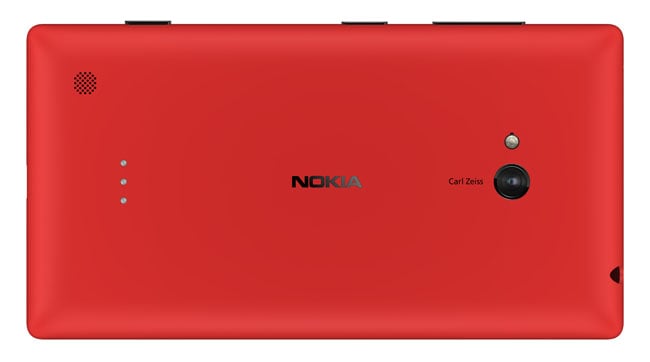
The wide aperture 6.7MP snapper is designed for improved low light shooting
Forget the immediate marketing ("chic") which appears to pitch the 720 as a lifestyle device for fashionable twentysomethings. This is a market loyal to its iPhone and Galaxys. Where the Lumia 620 and 720 really stand out is as reliable, no nonsense functional phones. These phones do the basics brilliantly, and the 720 in particularly has a quite unmatched battery life.